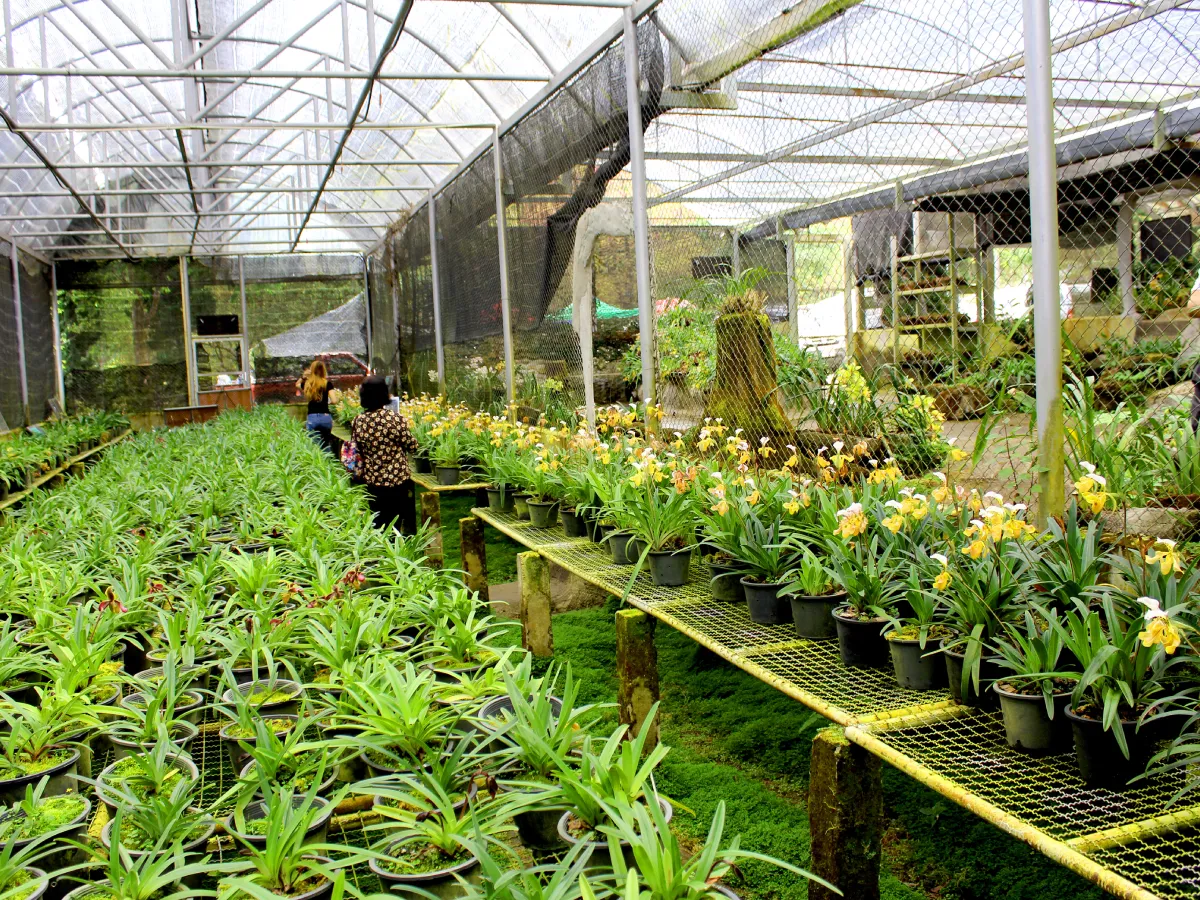There’s something magical about stepping into a room filled with lush greenery. Plants have a unique way of breathing life into spaces, making them feel fresher, more vibrant, and incredibly inviting. In recent years, the trend of creating an indoor jungle has exploded in popularity. People are discovering that you don’t need a backyard to surround yourself with nature—you can create your own green sanctuary indoors. Whether you’re working with a spacious living room or a small apartment, here’s how to build a stunning indoor jungle that will leave a lasting impression.
1. Choose the Right Plants
The first step to creating an indoor jungle is choosing plants that will thrive in your space. The key is to select a mix of plants that complement each other in terms of size, color, and care needs. For an authentic jungle feel, go for plants with large, lush leaves, as well as trailing or climbing varieties.
Here are some top picks:
- Monstera Deliciosa: Often called the “Swiss Cheese Plant,” Monstera has large, striking leaves with natural holes, making it a jungle favorite.
- Philodendron: This plant comes in various types, including climbing and non-climbing varieties, and is known for its heart-shaped leaves.
- Fiddle Leaf Fig: A statement plant with large, dramatic leaves, perfect for filling corners or making a bold impact.
- Pothos: An easy-to-care-for trailing plant that can be hung from ceilings or shelves, adding layers of greenery.
- Bird of Paradise: Known for its tropical look, this plant has large banana-like leaves that add height and texture to your jungle.
Mixing plant types, such as upright, trailing, and vining plants, will give your indoor jungle depth and visual interest.
2. Maximize Vertical Space
A key feature of any jungle is the abundance of greenery at all levels. Don’t just limit your plants to the floor or tables—use your vertical space to create a layered effect. Hanging plants, wall-mounted planters, and plant shelves allow you to stack greenery from top to bottom.
- Hanging Plants: Plants like Boston ferns, pothos, or spider plants look great when hung from the ceiling or mounted on walls. They create the impression of a jungle canopy and help fill unused vertical space.
- Plant Shelves: Install a few shelves on your walls to display smaller plants, succulents, or cacti. You can stagger the shelves at different heights for a more natural look.
- Climbing Plants: Plants like philodendrons or ivy are great for growing vertically. You can use trellises, plant stakes, or even guide them along walls or window frames to encourage upward growth.
3. Use a Variety of Pots and Planters
The type of pots and planters you choose can add a lot of character to your indoor jungle. For a natural, earthy vibe, opt for terracotta pots, woven baskets, or ceramic planters. Mix different sizes and styles of planters to create a more dynamic, organic look.
Consider grouping plants in clusters of varying heights and textures to make a bigger visual impact. For example, place a large monstera on the floor, a medium-sized snake plant on a stand, and smaller potted succulents on a nearby shelf. The key is to create layers and contrast while maintaining a cohesive, natural look.
4. Play with Lighting
Lighting plays a crucial role in the success of your indoor jungle. Most plants need plenty of indirect sunlight, so be mindful of the placement of your plants in relation to your windows. South- or east-facing windows are ideal for most plants, as they provide ample light without the risk of direct sunburn.
If your space doesn’t get a lot of natural light, consider adding grow lights. These lights mimic the spectrum of sunlight and are especially helpful in darker rooms or during the winter months. Be sure to choose plants that can tolerate lower light levels, like ZZ plants, snake plants, or cast iron plants, if your natural light is limited.
5. Water and Humidity Management
Indoor jungles thrive on the right balance of water and humidity. Tropical plants, in particular, love moisture, so it’s important to create a humid environment for them. You can do this by misting your plants regularly, using a humidifier, or placing a tray of water near your plants to increase the humidity in the air.
Be mindful of your plants’ individual watering needs. Overwatering can be just as harmful as underwatering, so it’s important to check the soil before watering. A good rule of thumb is to water when the top inch of soil feels dry to the touch.
6. Create a Focal Point
Every jungle needs a showstopper! Consider choosing a large, statement plant like a fiddle leaf fig, bird of paradise, or rubber plant as the focal point of your indoor jungle. Position this plant in a central location, such as a corner of the living room or near a window, to anchor your space.

0 Comments